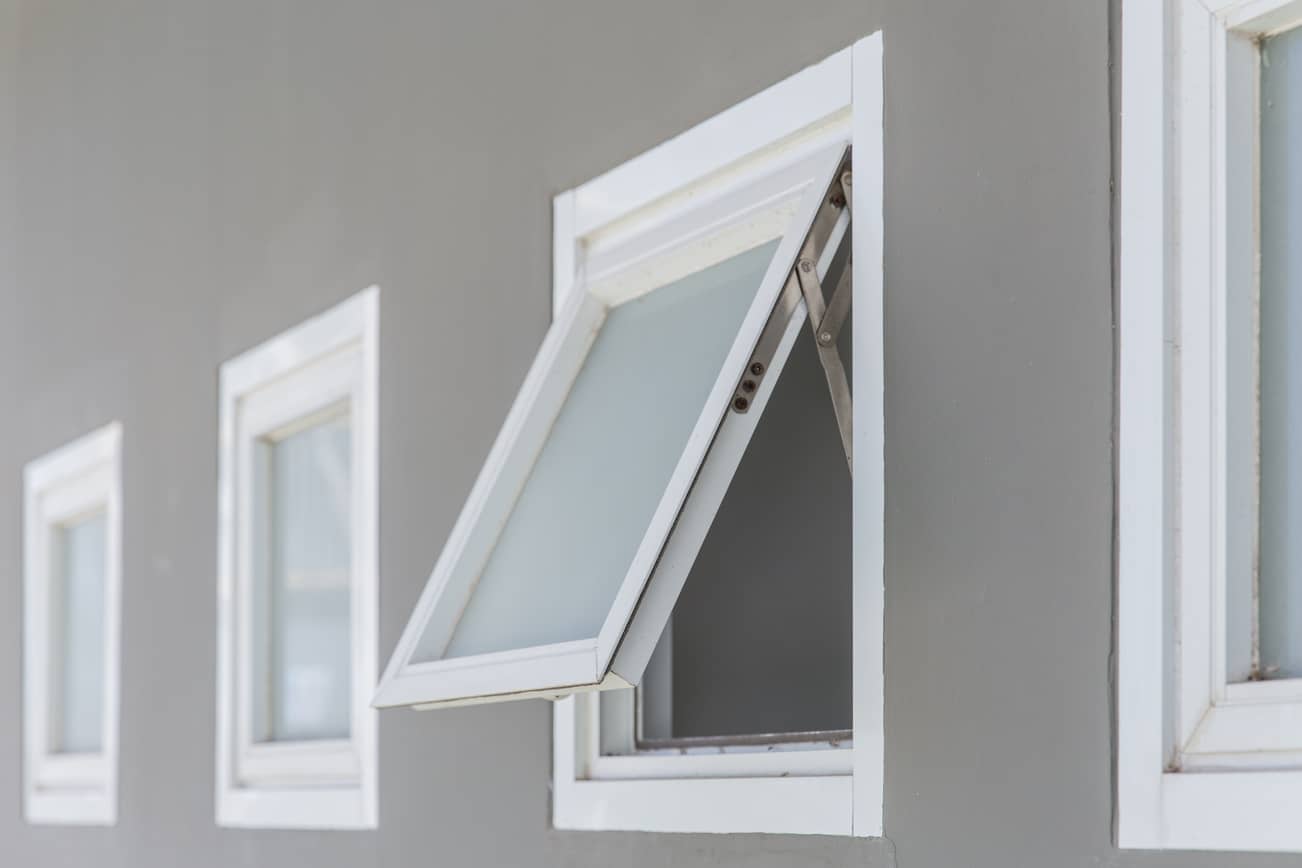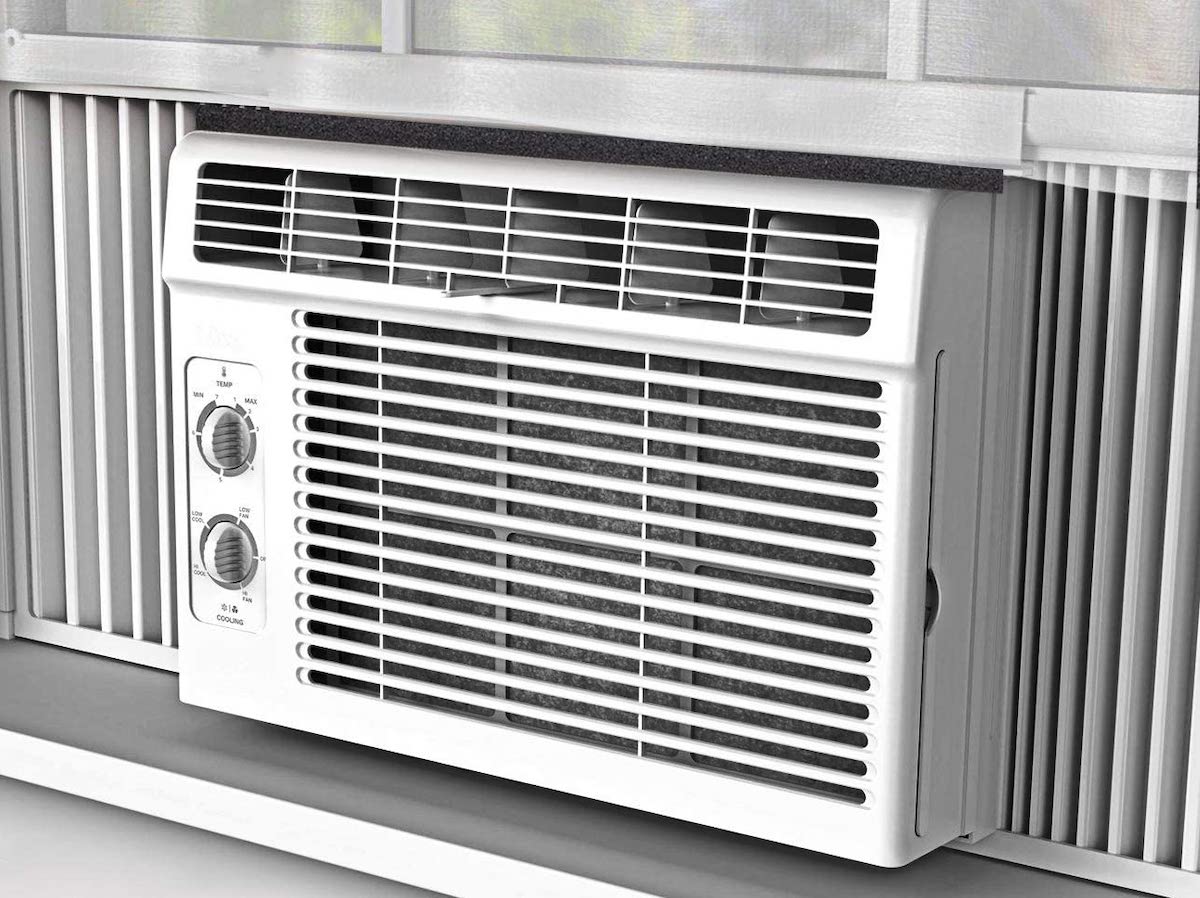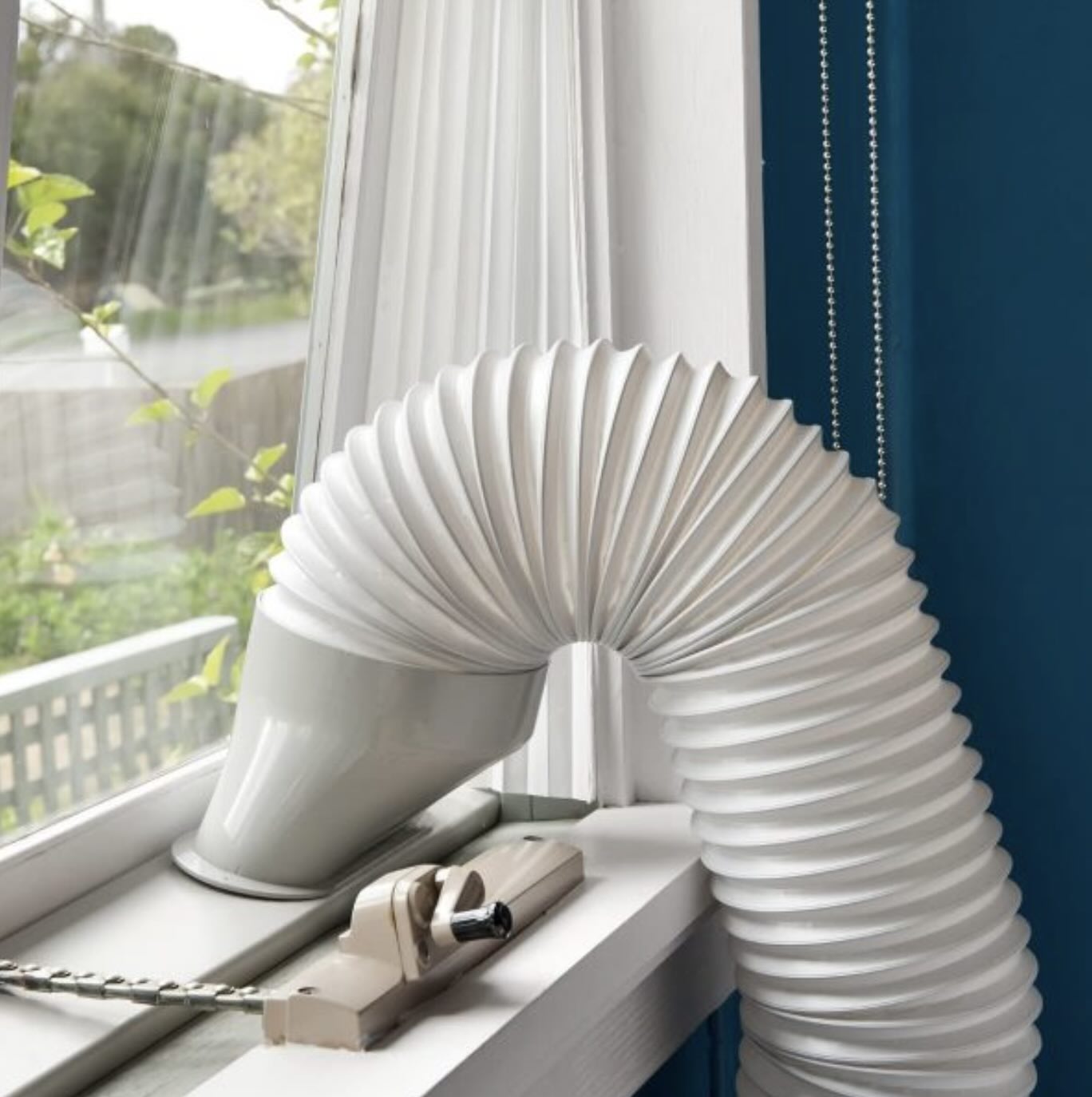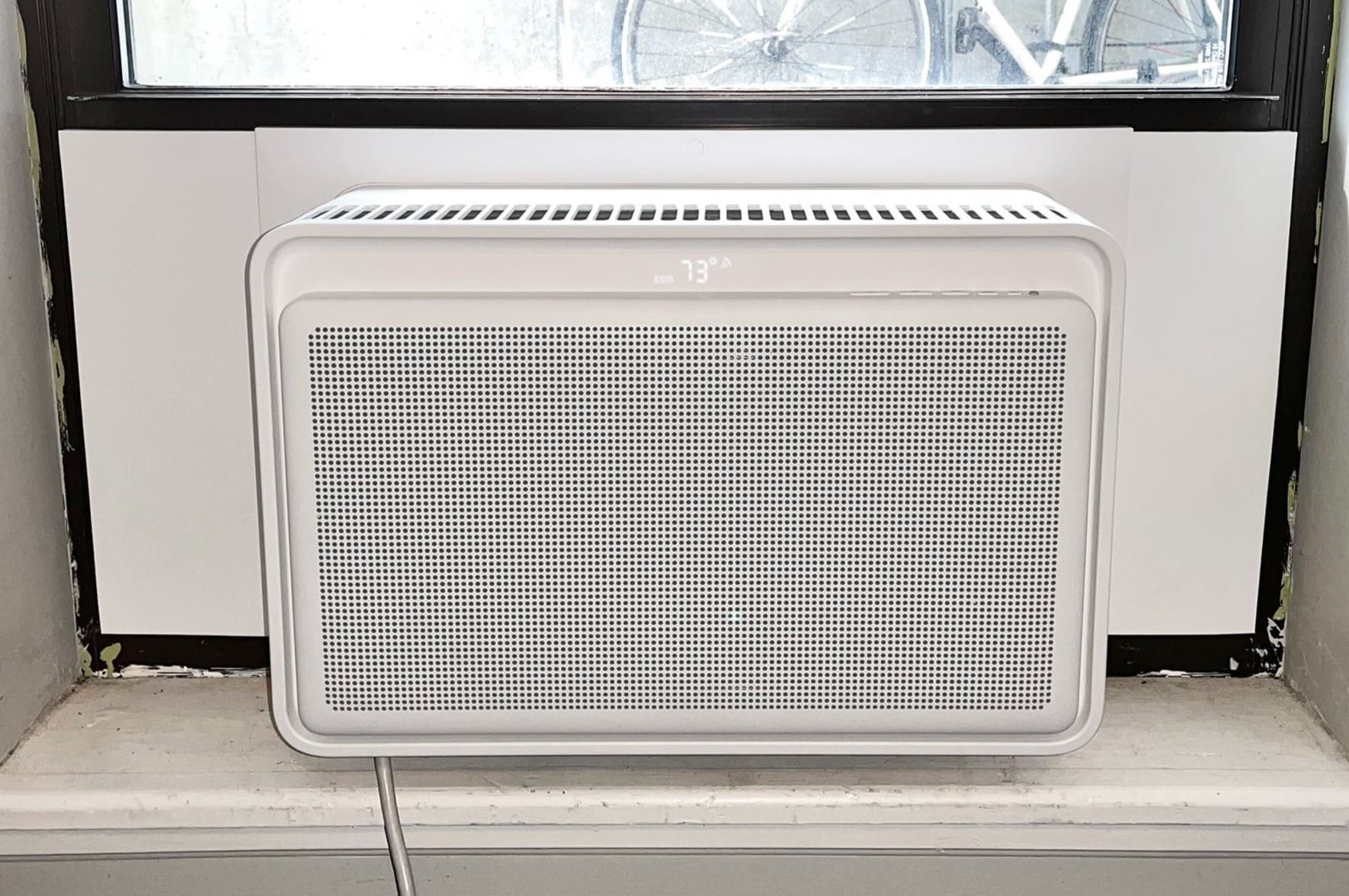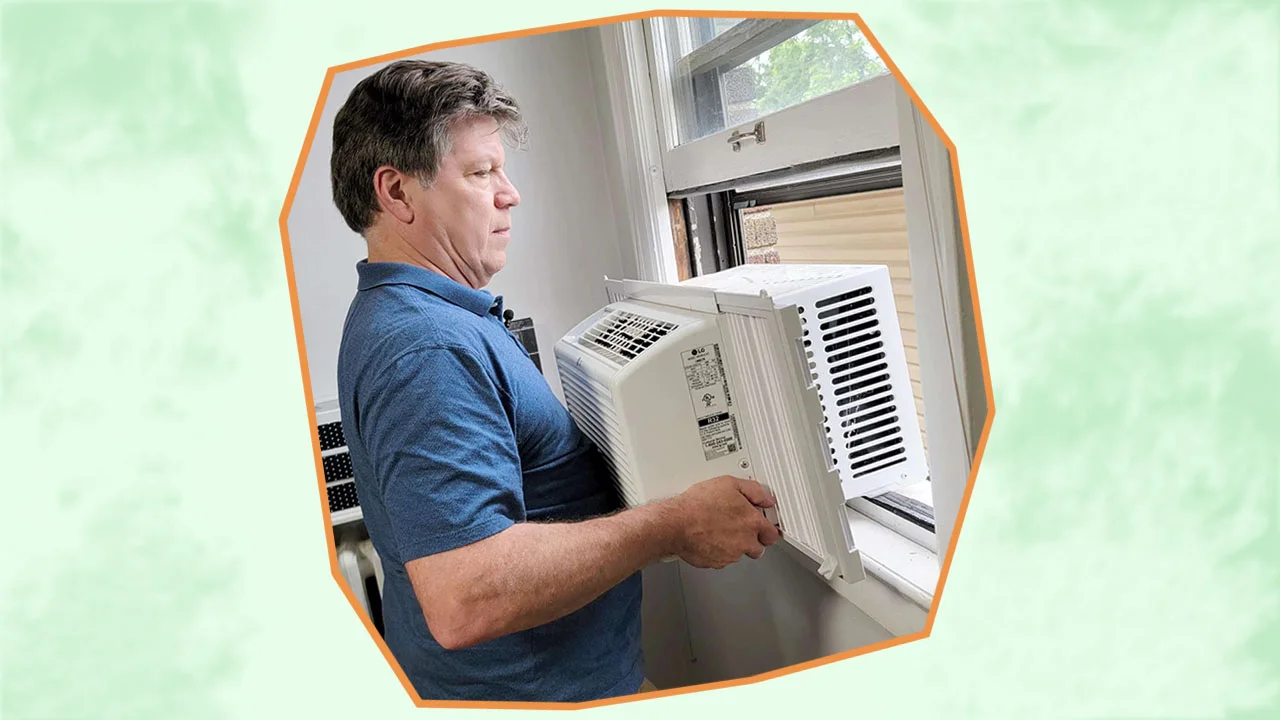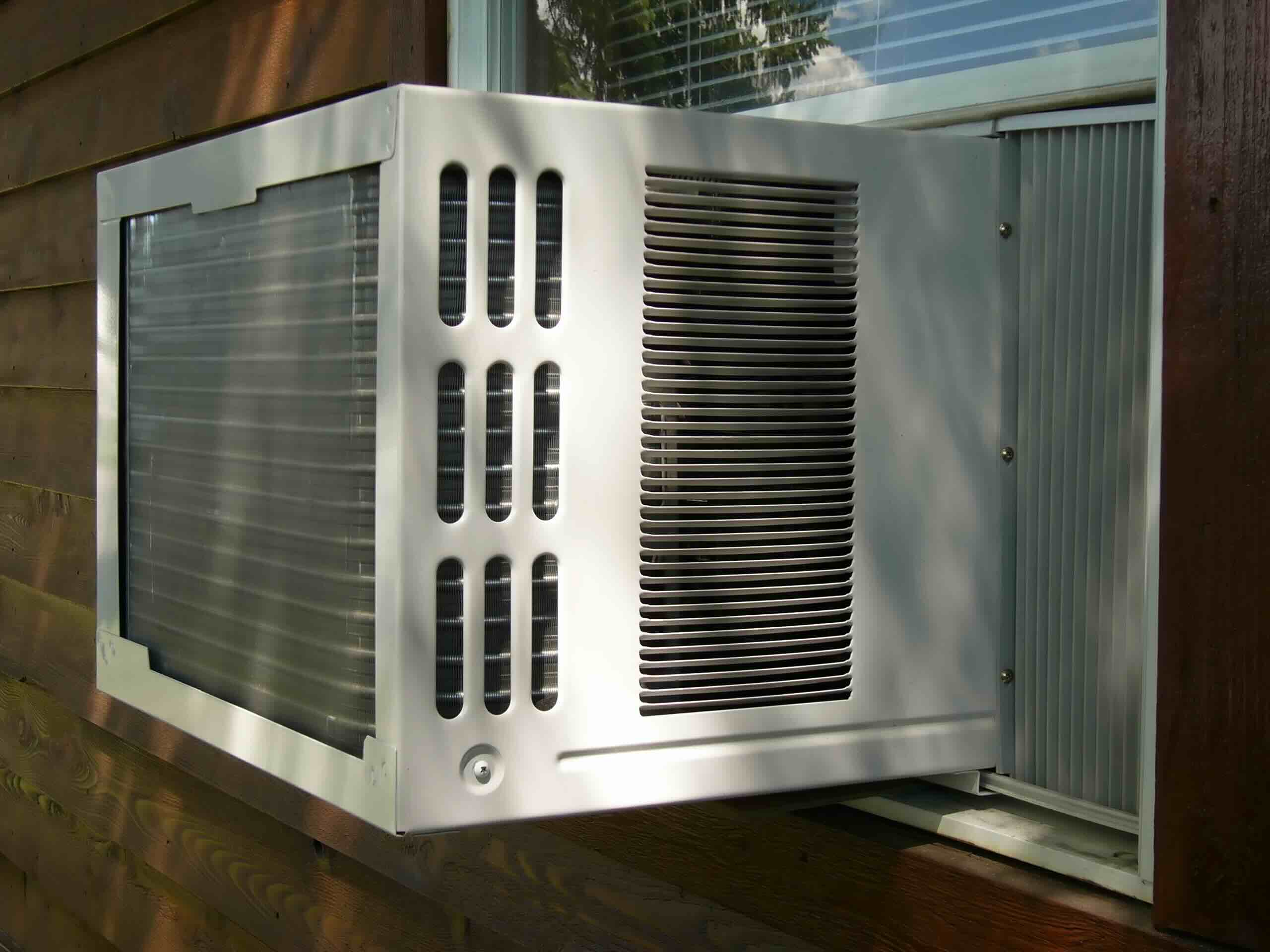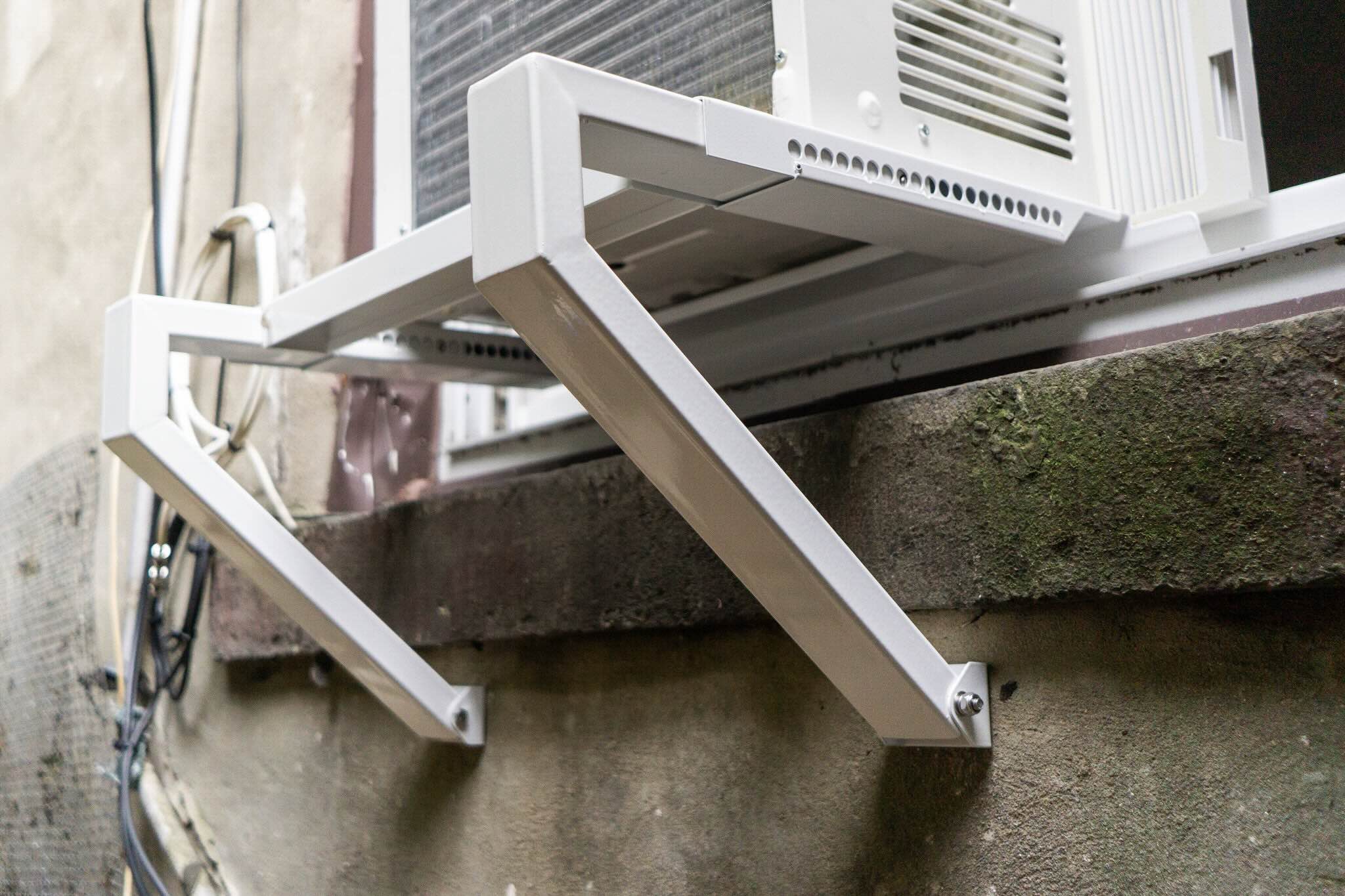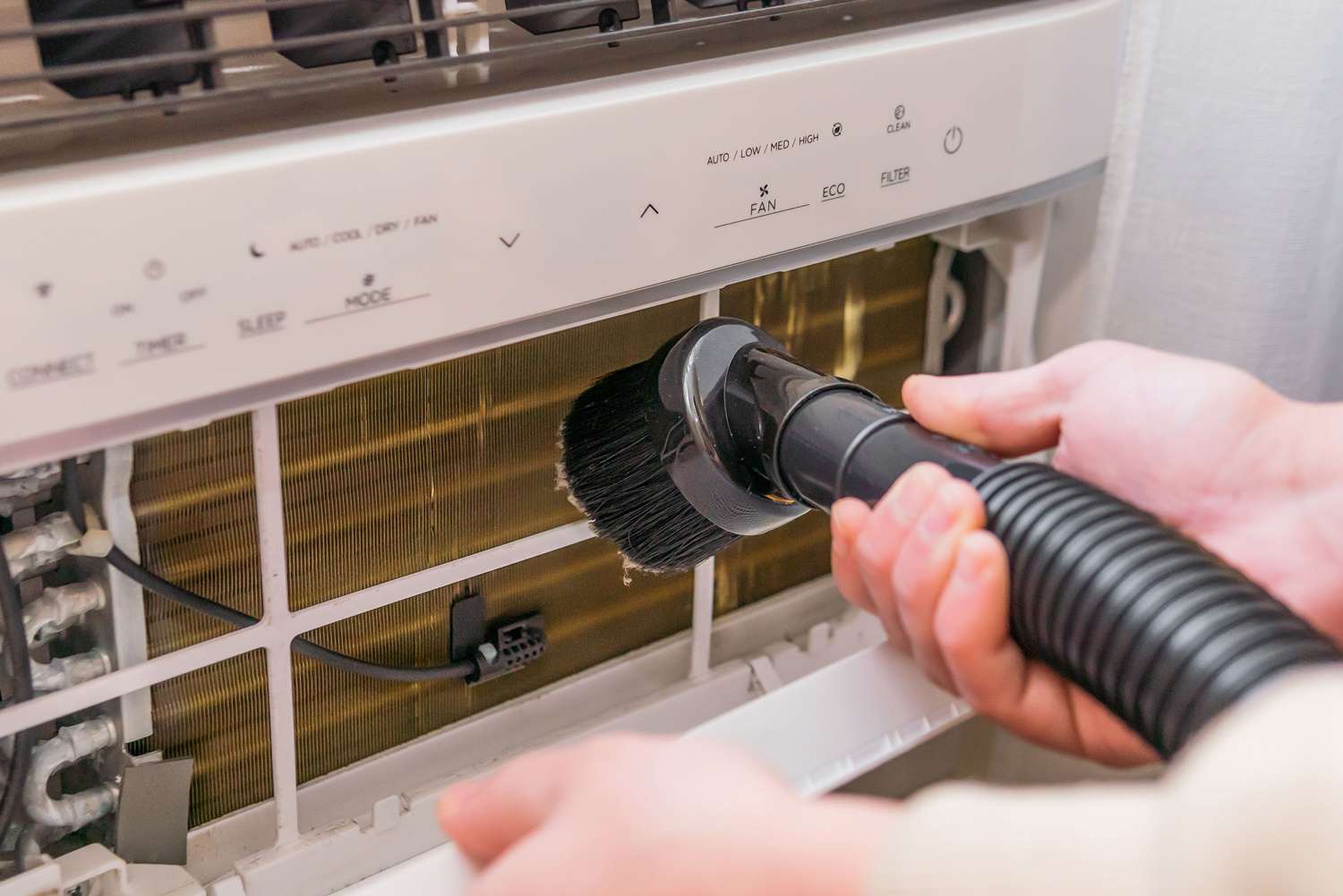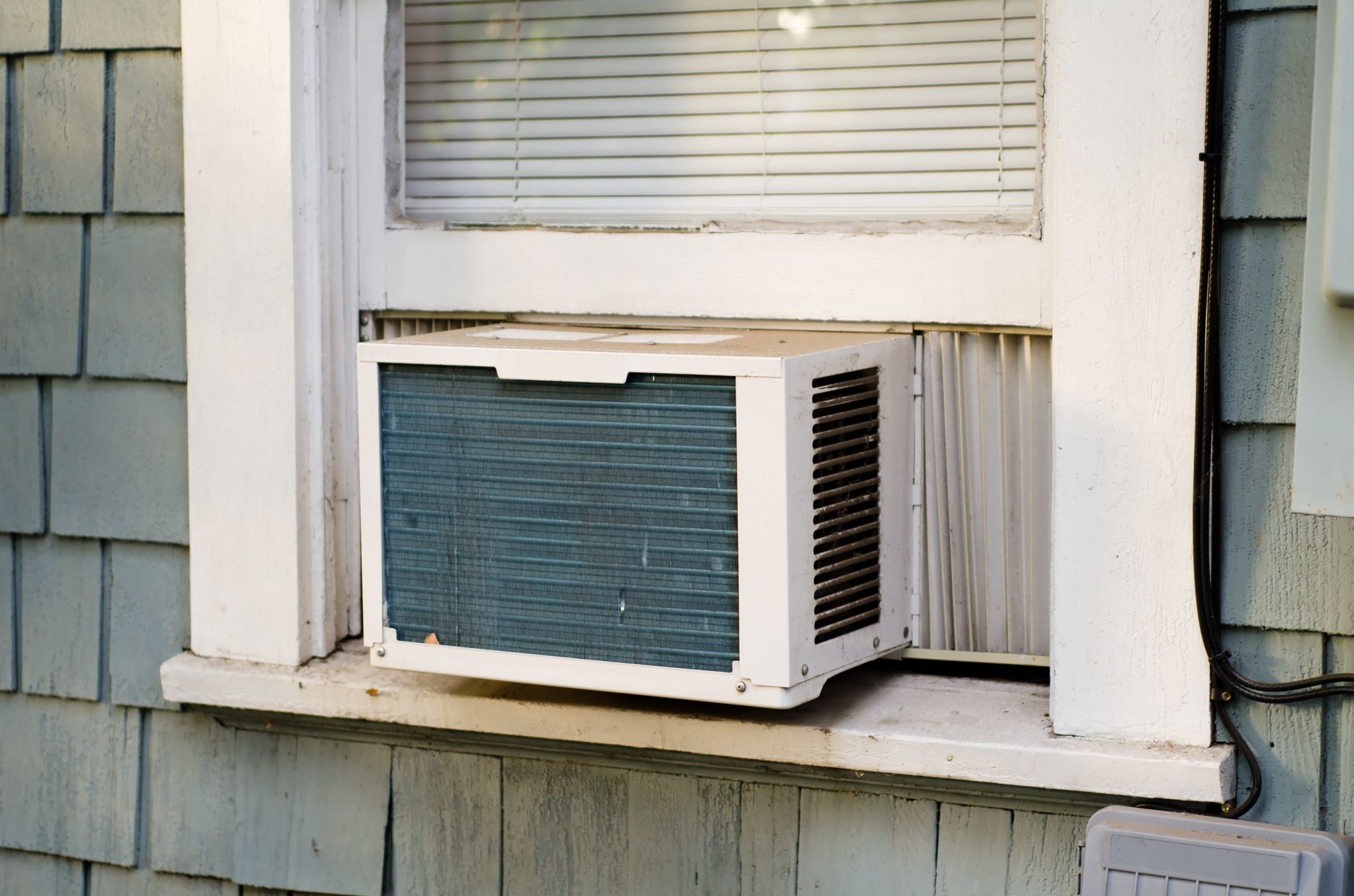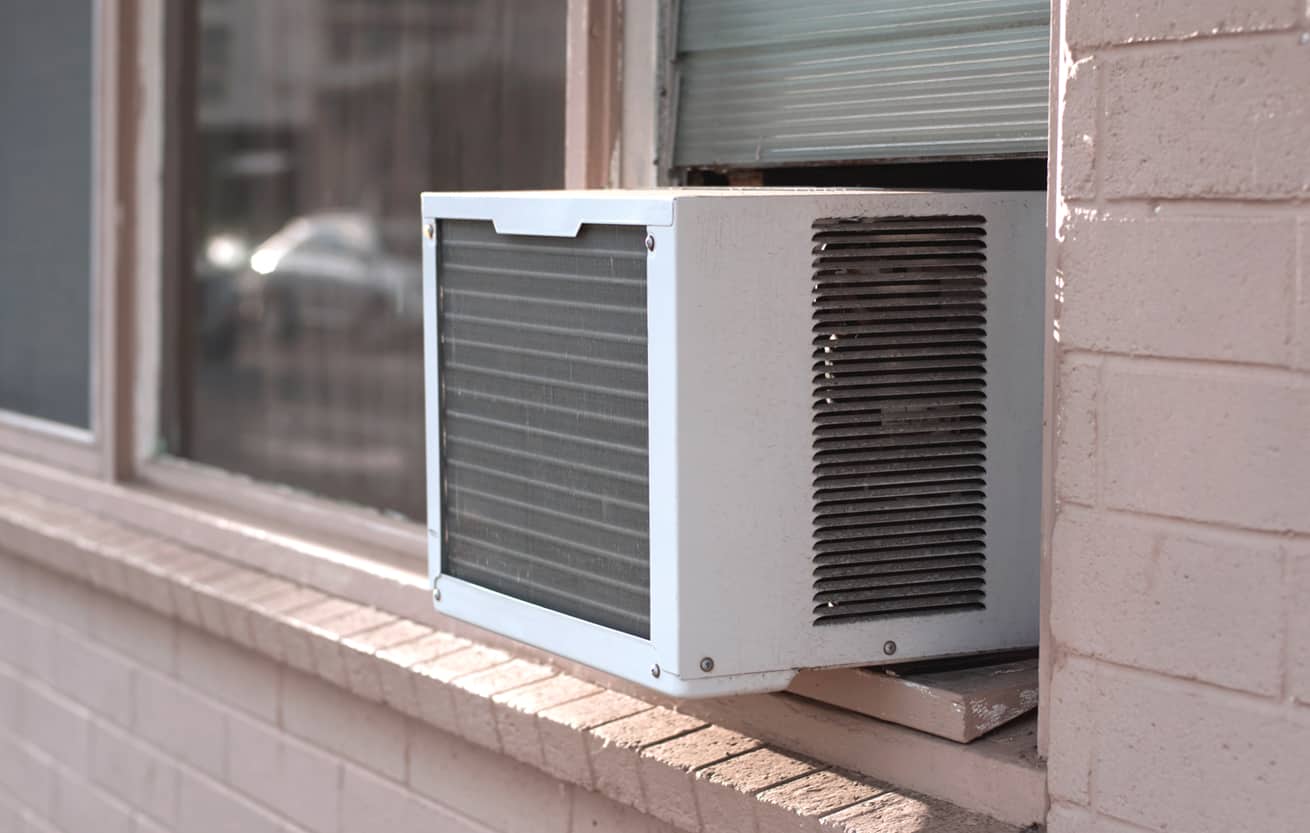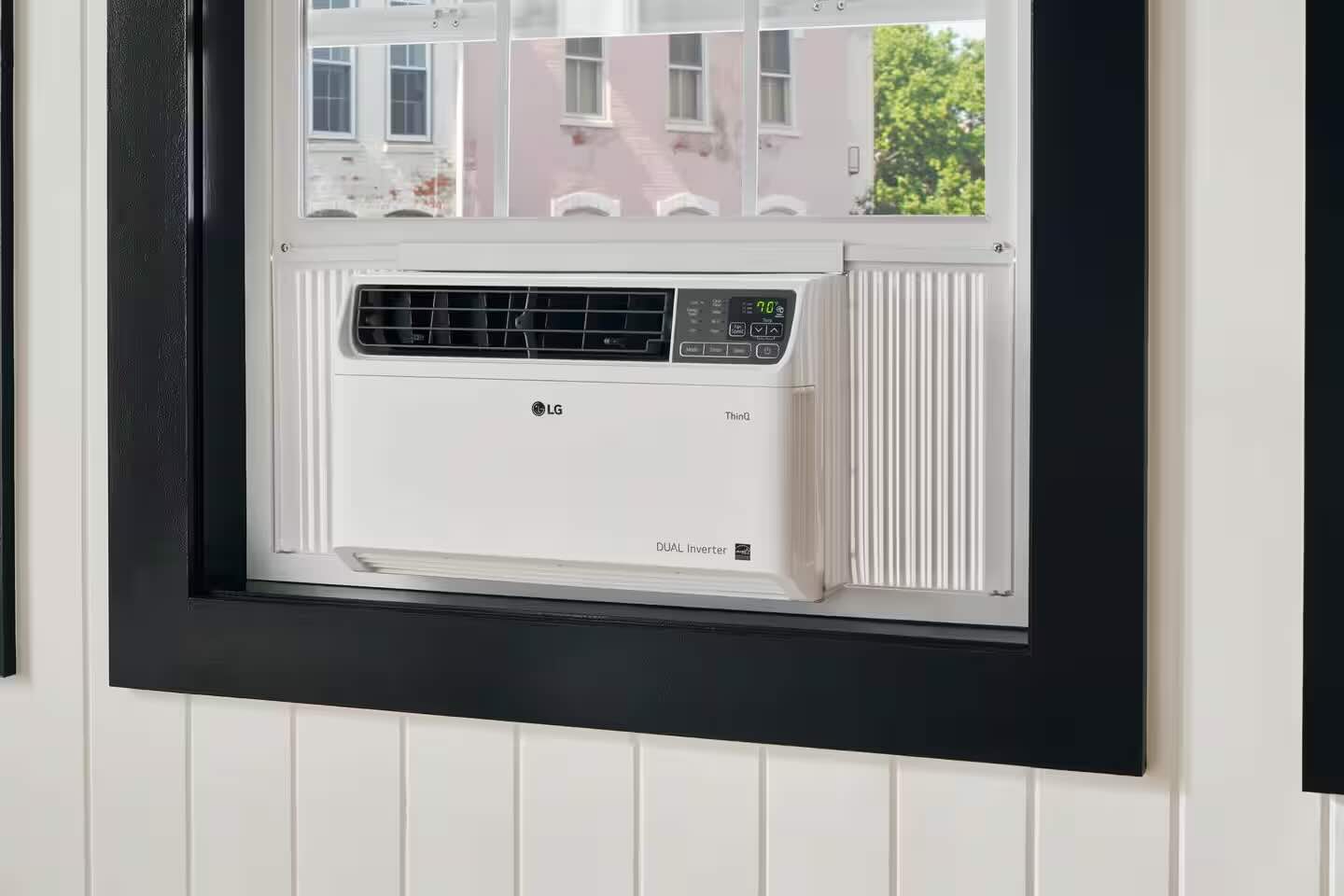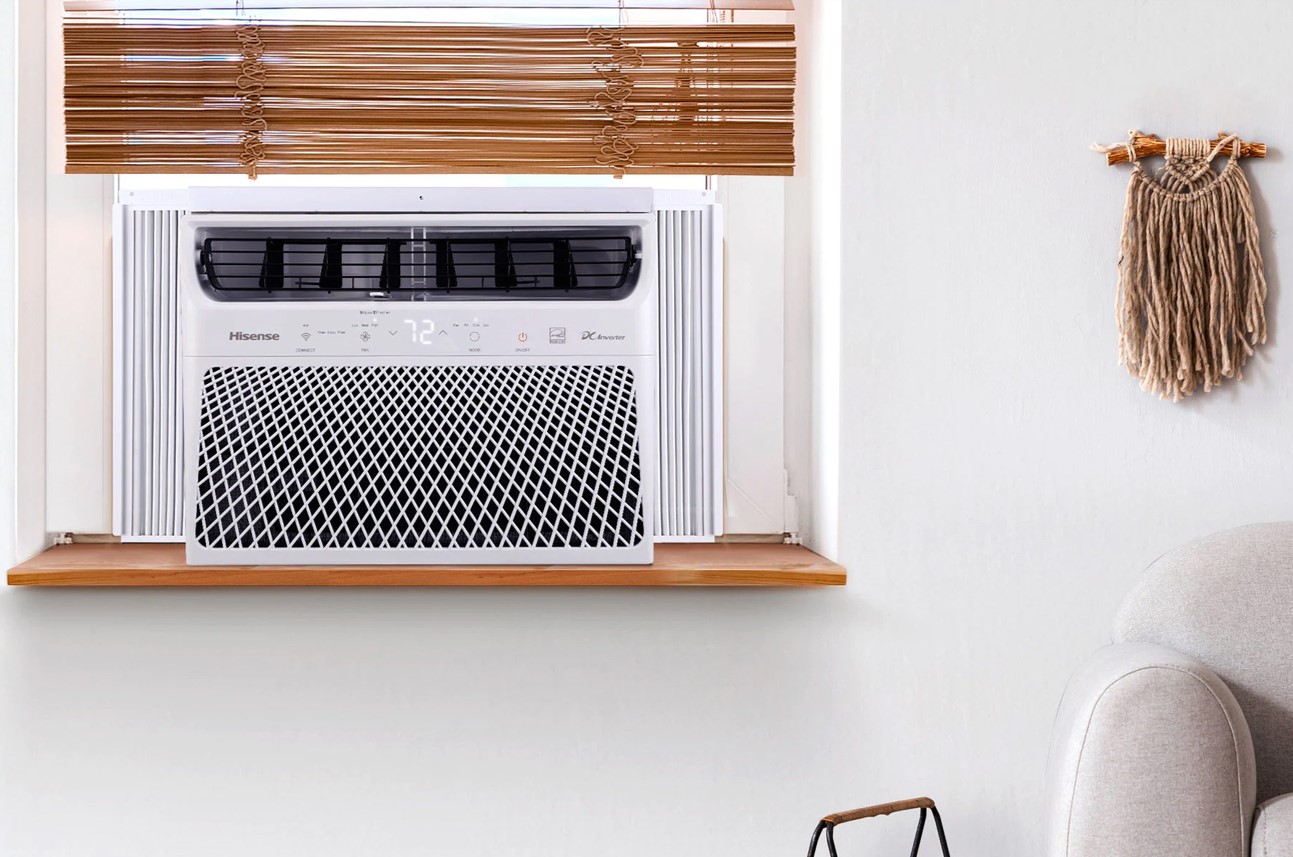Home>Home Maintenance>How To Install A Casement Window Air Conditioner


Home Maintenance
How To Install A Casement Window Air Conditioner
Modified: March 7, 2024
Learn how to easily install a casement window air conditioner with our step-by-step guide. Keep your home cool and comfortable with this essential home maintenance task.
(Many of the links in this article redirect to a specific reviewed product. Your purchase of these products through affiliate links helps to generate commission for Storables.com, at no extra cost. Learn more)
Introduction
Welcome to our step-by-step guide on how to install a casement window air conditioner! As the summer months approach, it’s important to have a reliable and efficient cooling solution for your home. Casement window air conditioners are a popular choice for many homeowners due to their convenient installation process and ability to fit snugly in narrow windows.
Installing a casement window air conditioner may seem like a daunting task, but with the right tools and instructions, you can easily do it yourself. In this guide, we will walk you through each step of the installation process, ensuring a hassle-free experience.
Before diving into the installation process, it’s important to gather the necessary tools and materials. You will need a measuring tape, screwdriver, brackets (included with the air conditioner unit), foam weatherstrips, a level, and a power drill. Make sure you have these items ready before you begin.
Now let’s get started with step 1: measuring the window opening.
Key Takeaways:
- Measure, Clean, and Secure
Before installing a casement window air conditioner, measure the window accurately, clean the area, and secure the unit in place with brackets for a hassle-free installation process. - Test and Enjoy Cool Comfort
After installation, connect the power, test the unit, and enjoy a cool and refreshing indoor atmosphere throughout the hot summer days.
Read more: What Is A Casement Air Conditioner
Step 1: Measure the Window Opening
The first step in installing a casement window air conditioner is to accurately measure the window opening. This will ensure that you select the right-sized unit and that it fits perfectly in your window.
Start by opening the window as wide as possible. Measure the width of the window from side to side, taking note of the smallest measurement. Next, measure the height of the window from the top to the bottom, again taking note of the smallest measurement.
When selecting an air conditioner unit, make sure it fits within the dimensions of your window opening. Most casement window air conditioners come in standard sizes, so it’s usually easy to find a unit that matches your window.
It’s essential to have an accurate measurement to avoid any gaps or air leaks that could impact the efficiency of the unit. If your window opening is not a standard size, consider getting a custom-made air conditioner or using foam weatherstrips to fill any gaps.
Once you have the measurements, you’re ready to move on to the next step: preparing the window.
Step 2: Prepare the Window
Now that you have measured the window opening, it’s time to prepare the window for the installation of the casement window air conditioner. This step involves cleaning the window, removing any obstacles, and ensuring a smooth surface for the unit to be placed on.
Start by cleaning the window using a mild detergent and water solution. Remove any dirt, dust, or debris that may have accumulated on the window surface. This will provide a clean and stable base for the air conditioner unit.
Next, check for any obstacles that could obstruct the installation process. Make sure there are no curtains, blinds, or furniture blocking the window. Clearing the area will make it easier to install the unit and allow for proper airflow.
If there are any old brackets or mounting hardware from a previous air conditioner, remove them carefully. Clean up any adhesive residue or surface imperfections with a gentle solvent and a soft cloth.
Once the window is clean and free from obstacles, use a level to ensure that the window is plumb and level. This step is crucial to ensure that the air conditioner unit sits properly in the window and operates efficiently.
If the window is not level, use shims or adjustable brackets to bring it into alignment. This will help prevent any gaps or uneven weight distribution when installing the air conditioner unit.
With the window prepared, you’re now ready to move on to the next step: installing window brackets.
Step 3: Install Window Brackets
Installing window brackets is an essential part of securely mounting your casement window air conditioner. These brackets provide support and stability, ensuring that the unit remains in place and does not sag or fall out of the window.
Begin by positioning the brackets at the designated points on the window frame. Typically, casement window air conditioners come with adjustable brackets that can accommodate different window sizes.
Use a power drill or screwdriver to attach the brackets securely to the window frame. Make sure to tighten the screws properly to prevent any wobbling or movement of the brackets.
Once the brackets are firmly in place, double-check their alignment and ensure that they are level. This step is crucial for proper installation and will help keep the air conditioner unit stable.
If your window does not have pre-drilled holes for the brackets, carefully mark the drilling points using a pencil or marker. Use a power drill with the appropriate drill bit to create the holes, taking care not to damage the window frame or surrounding areas.
When drilling the holes, it’s important to follow the instructions provided by the air conditioner manufacturer. They will specify the size and depth of the holes needed for proper bracket installation.
After installing the brackets, give them a final check to ensure they are securely attached and level. Once you’re satisfied with the bracket installation, you’re ready to move on to the next step: inserting the air conditioner unit.
Step 4: Insert Air Conditioner Unit
Now that the window brackets are securely in place, it’s time to insert the casement window air conditioner unit into the window opening. This step requires caution and precision to ensure a proper fit and avoid any damage to the unit or the window.
Start by carefully lifting the air conditioner unit and aligning it with the window opening. Make sure the unit is centered and positioned correctly between the window brackets.
Gently place the bottom edge of the air conditioner onto the window frame, allowing it to rest securely on the brackets. Slowly lower the unit until it is in a level position, ensuring that it fits snugly in the window opening.
During this step, it is recommended to have an extra person to assist you in holding the air conditioner unit while you align it with the window opening. This will make the installation process smoother and reduce the risk of dropping or damaging the unit.
If the air conditioner unit is too heavy or large to handle safely, consider using a support bracket or a window installation kit to provide additional stability and support.
Once the air conditioner unit is in place, use a level to check if it is perfectly level both horizontally and vertically. Adjust the position of the unit if necessary to ensure proper alignment.
Make sure to refer to the manufacturer’s instructions for any specific guidelines regarding the proper alignment and positioning of the unit in the window.
With the air conditioner unit successfully inserted into the window opening, you’re now ready to move on to the next step: securing the unit in place.
Make sure to measure the window opening before buying the air conditioner to ensure it will fit properly. Also, check the electrical outlet near the window for easy access to power.
Read more: How To Repair Casement Windows
Step 5: Secure the Unit in Place
After inserting the casement window air conditioner unit into the window opening, it’s important to secure it in place to prevent any movement or accidents. Securing the unit properly ensures stability and enhances its performance.
Start by extending the accordion panels on each side of the unit. These panels are designed to fill the gaps between the air conditioner unit and the window frame, providing insulation and preventing the entry of hot air from outside.
Once the accordion panels are extended, adjust them to fit tightly against the sides of the window opening. This will help seal the gaps and minimize air leakage, improving the overall energy efficiency of the unit.
Use the provided screws or clips to secure the accordion panels in place. These attachments will hold the panels firmly against the window frame, preventing them from moving or detaching during operation.
It’s important to follow the manufacturer’s instructions when securing the accordion panels, as these may vary depending on the specific model of your casement window air conditioner.
In addition to securing the accordion panels, check for any additional locking mechanisms or brackets that came with your unit. Some air conditioner models come with supplementary locks or support brackets that can be installed for added stability.
If your unit does not have any additional locking devices, ensure that the air conditioner unit is tightly fitted within the window opening and that the brackets are securely fastened.
Double-check the stability of the unit and give it a gentle shake to ensure it remains firmly in place. If you notice any movement or instability, reevaluate the installation and make necessary adjustments.
With the air conditioner unit securely in place, you can proceed to the next step: sealing the gaps to enhance insulation.
Step 6: Seal the Gaps
Sealing the gaps around the casement window air conditioner unit is crucial to prevent drafts, maintain efficient cooling, and improve energy efficiency. By sealing these gaps, you can ensure that hot air from outside does not enter the room and that cool air produced by the air conditioner remains inside.
Start by inspecting the edges of the window opening where the air conditioner unit is installed. Look for any noticeable gaps or openings that could allow air to escape or enter.
Using foam weatherstrips, seal the gaps between the window frame and the air conditioner unit. Measure the length required and cut the weatherstrips accordingly. Press the weatherstrips firmly into place, ensuring a snug and tight seal.
Pay close attention to the top and bottom edges of the window opening, as these areas tend to have larger gaps. Apply the weatherstrips along these edges, ensuring a complete seal.
In addition to foam weatherstrips, you can also use caulk or silicone sealant to seal any remaining gaps or cracks. Apply a thin and even layer of the sealant along the edges of the window opening, smoothing it out with a caulk gun or your finger.
Make sure to use a sealant that is compatible with the materials of your window frame and air conditioner unit. Read the manufacturer’s instructions and choose a sealant that is suitable for both indoor and outdoor use.
Allow the sealant and weatherstrips to dry and set according to the manufacturer’s recommended drying time. This will ensure that the seal is strong and effective.
By sealing the gaps, you can minimize air leakage and improve the overall efficiency of your casement window air conditioner. This step is vital in maintaining a cool and comfortable indoor environment.
With the gaps properly sealed, you can now move on to the next step: connecting the power to the air conditioner.
Step 7: Connect the Power
Now that you have successfully installed and sealed your casement window air conditioner, it’s time to connect it to a power source. This step involves safely wiring the unit to an electrical outlet, ensuring a reliable supply of power for operation.
Start by locating a nearby electrical outlet that can support the power requirements of your air conditioner unit. Check the manufacturer’s specifications for the required voltage and amperage to ensure compatibility.
Ensure that the electrical outlet is in good condition and properly grounded. If you have any doubts about the safety or functionality of the outlet, contact a licensed electrician to inspect and make any necessary repairs or upgrades.
Attach the power cord of your casement window air conditioner to the electrical outlet. Make sure the connection is secure and that there are no loose or exposed wires. Gently push the plug into the outlet until it is fully inserted.
Use a surge protector or a dedicated circuit for your air conditioner unit to protect it from power surges and prevent overloading the electrical circuit.
Before turning on the unit, check if there is a reset button on the air conditioner or power plug. Press the reset button if it is present and follow the manufacturer’s instructions to reset the unit.
Once the power is connected, give the unit a few minutes to initialize before turning it on. This allows the compressor and other components to stabilize and start operating efficiently.
With the power successfully connected, you’re now ready to move on to the final step: testing the air conditioner unit.
Remember to follow all safety guidelines and local electrical codes when connecting the power to your casement window air conditioner. If you are unsure or uncomfortable with electrical work, it’s best to seek the assistance of a qualified electrician.
Step 8: Test the Air Conditioner
After completing the installation and connecting the power, it’s time to test your newly installed casement window air conditioner. This final step ensures that the unit is functioning properly and effectively cooling your space.
Start by turning on the air conditioner unit. Depending on the model, you may need to press the power button on the unit itself or use the remote control that came with the air conditioner.
Allow the air conditioner to run for a few minutes and listen for any unusual noises or vibrations. These could indicate a problem with the unit’s functioning and may require further inspection or troubleshooting.
Check the air vents of the unit to ensure that cool air is flowing out properly. Place your hand in front of the vents and feel the air temperature. It should be noticeably cooler than the room temperature.
If the unit has different cooling modes or fan speeds, test them to see how they affect the cooling performance. Experiment with these settings to find the most comfortable and efficient cooling level for your needs.
Use a thermometer to measure the temperature of the room before and after running the air conditioner. This will give you an idea of the unit’s cooling capabilities and help you monitor its effectiveness.
Monitor the air conditioner unit for any significant temperature fluctuations, unexpected shutdowns, or error messages. If any issues arise, consult the manufacturer’s manual or contact their customer support for assistance.
Remember to clean or replace the air filters regularly, following the manufacturer’s guidelines. This helps improve the air quality and the efficiency of the air conditioner unit.
By testing your air conditioner unit thoroughly, you can ensure that it is operating at its optimal capacity and providing you with the desired cooling comfort.
Congratulations on successfully installing and testing your casement window air conditioner! Enjoy the cool and refreshing air throughout the hot summer days.
Conclusion
Installing a casement window air conditioner can be a simple and rewarding DIY project that provides you with a cool and comfortable living space during the hot summer months. With our step-by-step guide, you have learned the process of installing a casement window air conditioner efficiently and effectively.
Remember to start by measuring the window opening accurately to ensure a proper fit for the unit. Prepare the window by cleaning it thoroughly and removing any obstacles that may hinder the installation process. Install the window brackets securely to provide support and stability for the air conditioner unit.
Insert the air conditioner unit into the window opening carefully, ensuring it is level and centered. Secure the unit in place using the provided brackets and supports, and seal any gaps to enhance insulation and energy efficiency.
Once the installation is complete, connect the air conditioner to a suitable power source, ensuring a proper electrical connection. Test the unit to ensure it is functioning correctly, and monitor its performance for any signs of malfunction or inefficiency.
By following these steps, you can enjoy a cool and comfortable home environment while maximizing the energy efficiency of your casement window air conditioner.
Remember to consult the manufacturer’s instructions and guidelines throughout the installation process, as different models may have specific requirements and recommendations.
If you encounter any difficulties or are unsure about any step, it is always advisable to seek professional assistance from a qualified technician or installer.
With your newly installed casement window air conditioner, you can beat the summer heat and enjoy a cool and refreshing indoor atmosphere. Stay comfortable and make the most of the warmer months with your efficient and reliable cooling solution.
Frequently Asked Questions about How To Install A Casement Window Air Conditioner
Was this page helpful?
At Storables.com, we guarantee accurate and reliable information. Our content, validated by Expert Board Contributors, is crafted following stringent Editorial Policies. We're committed to providing you with well-researched, expert-backed insights for all your informational needs.
